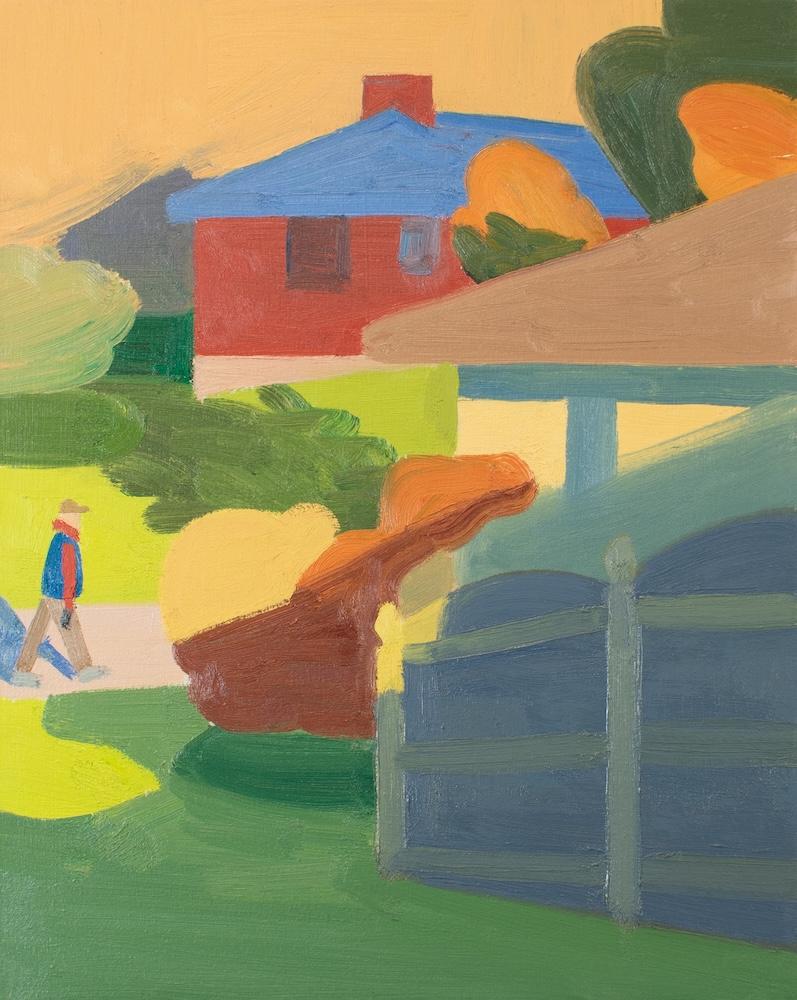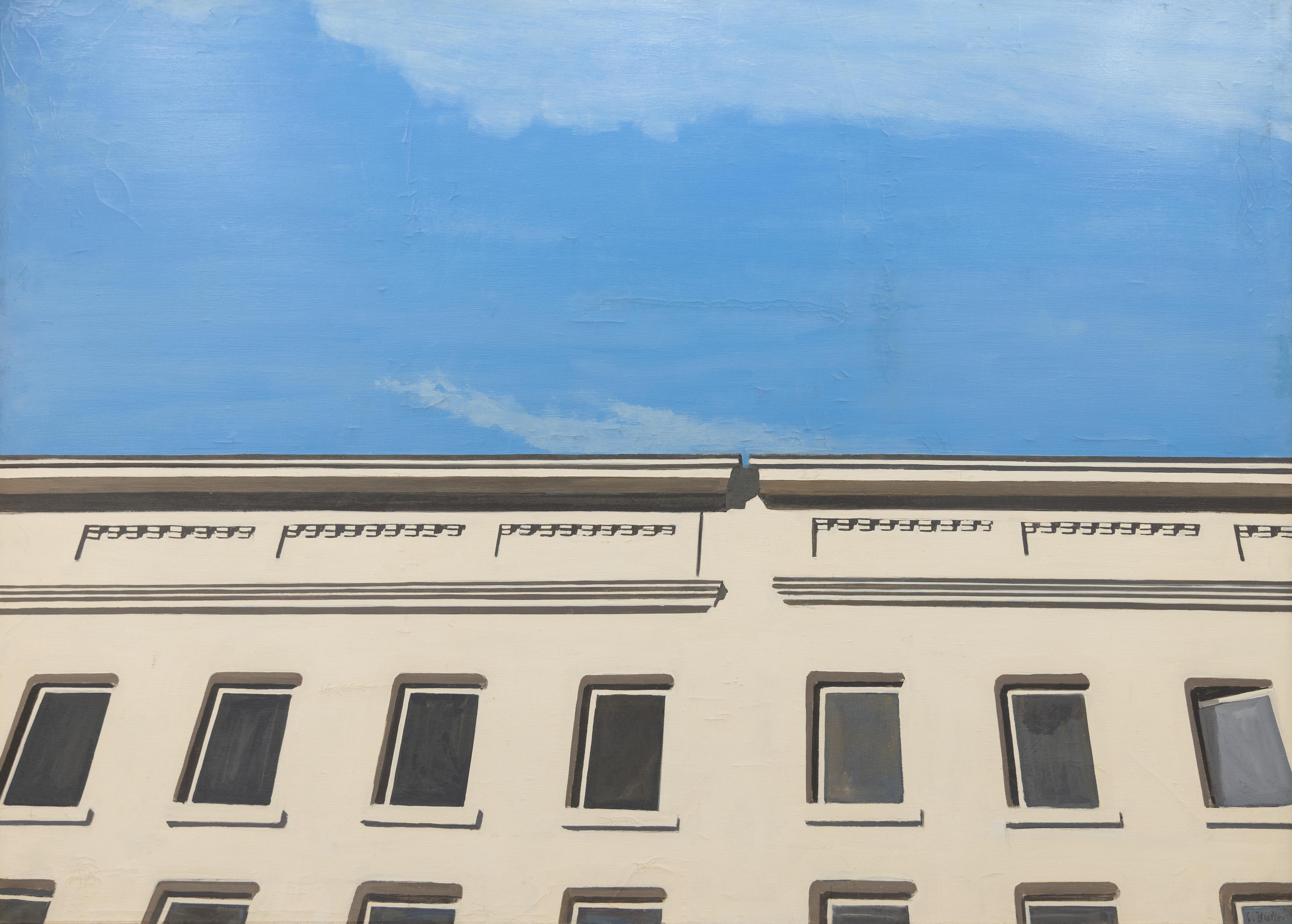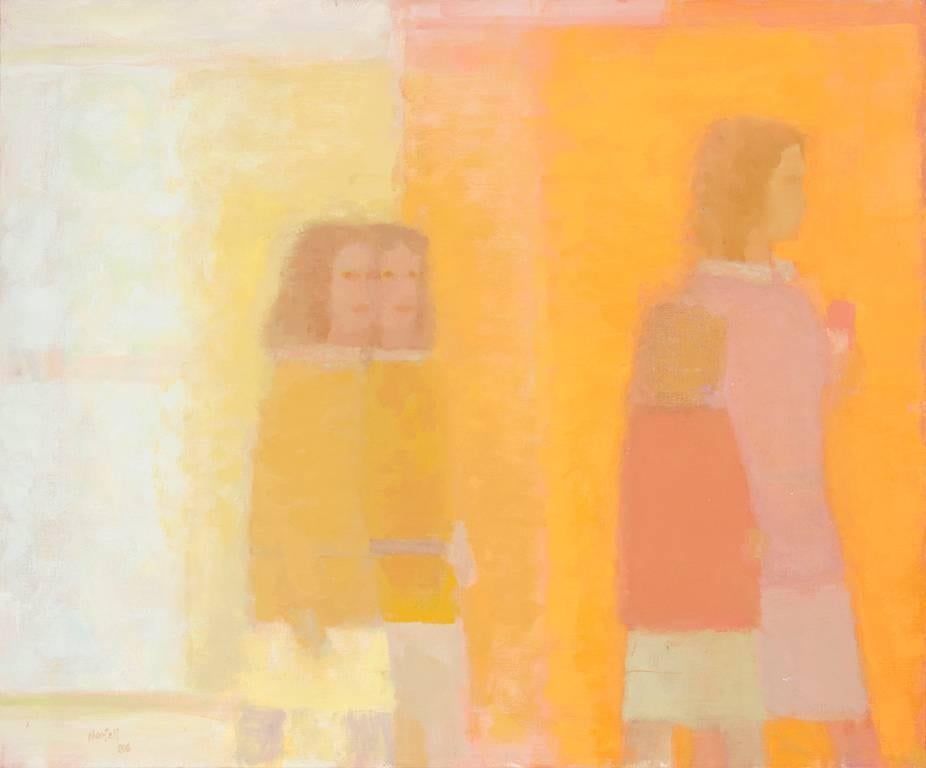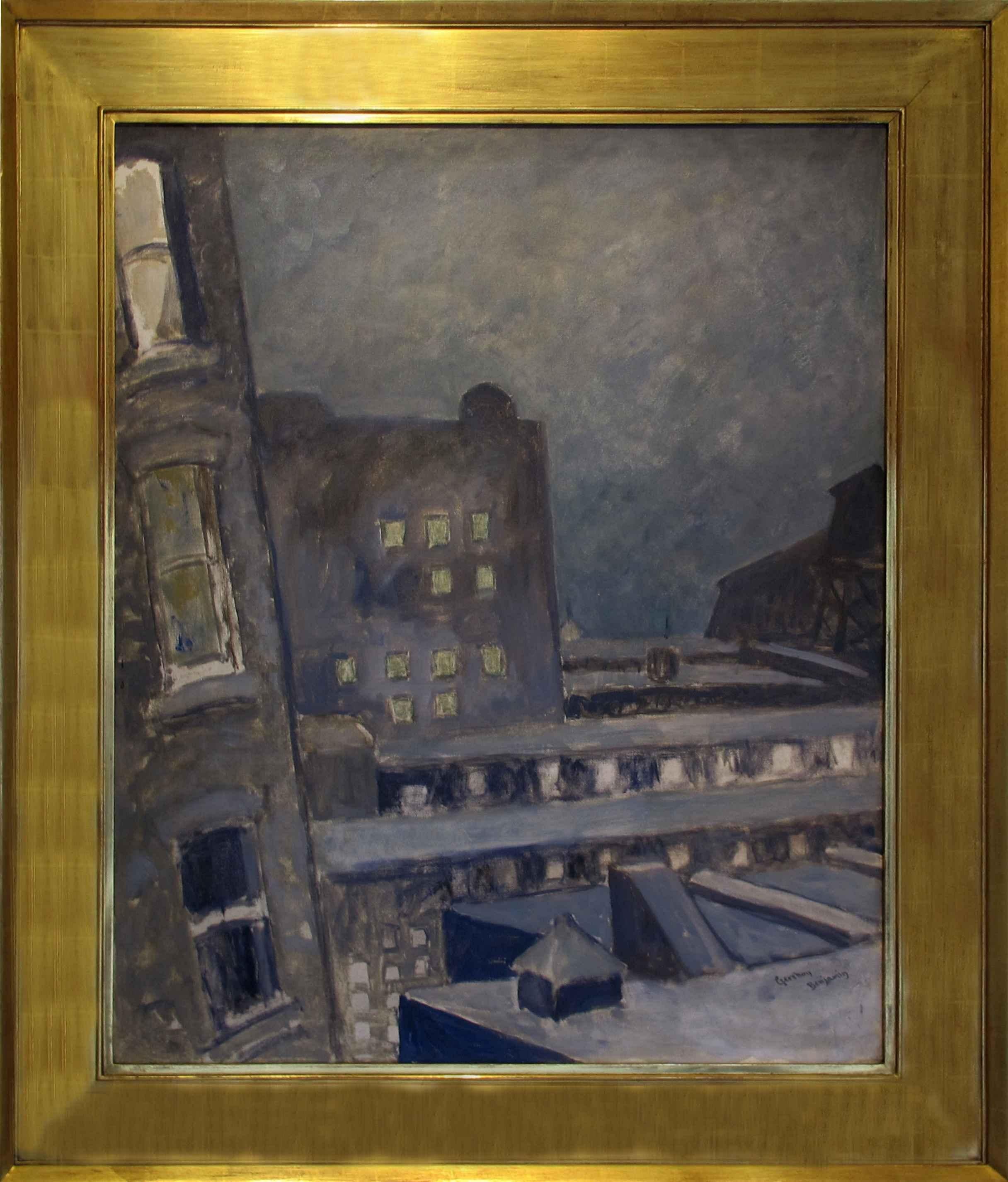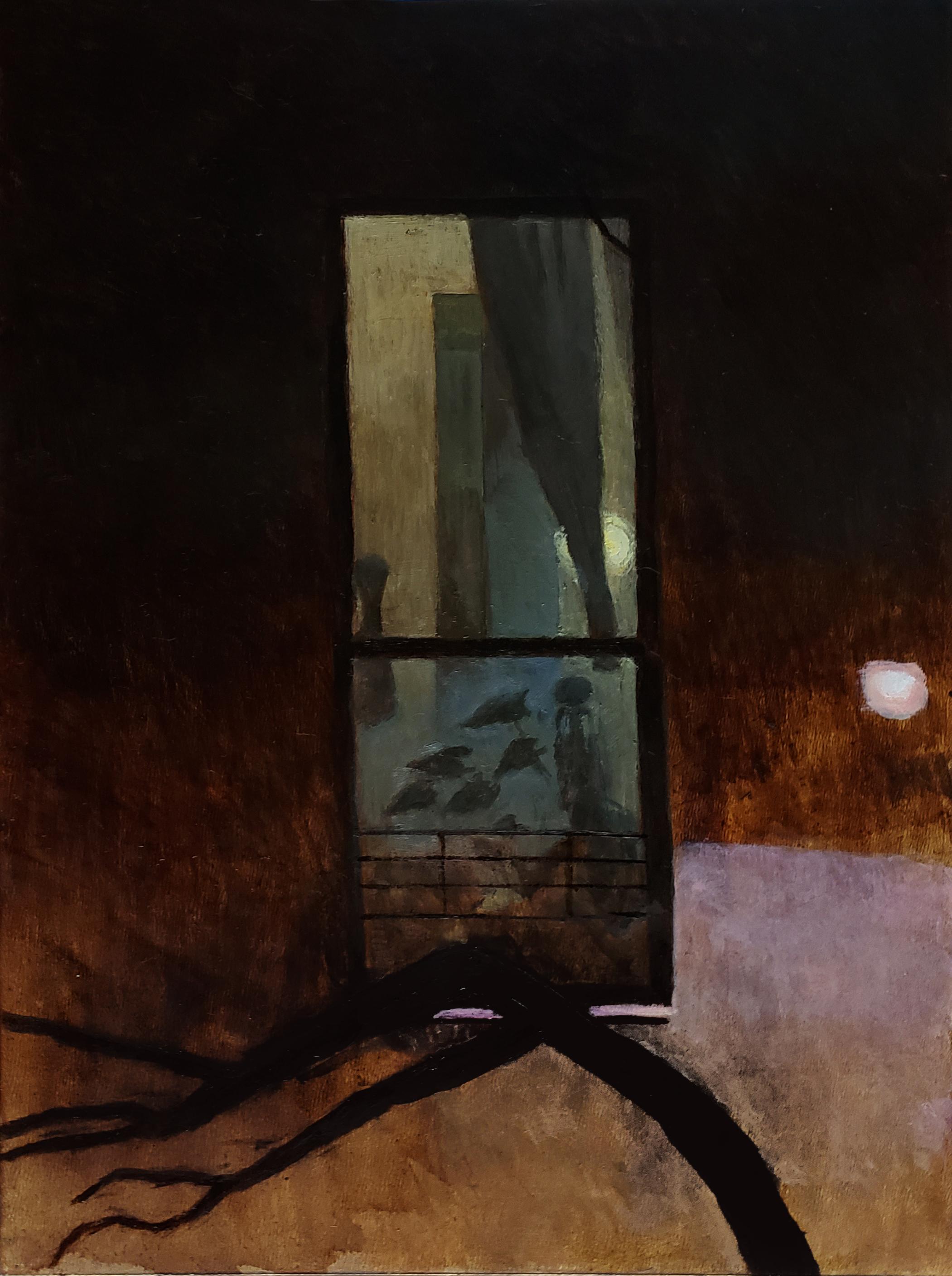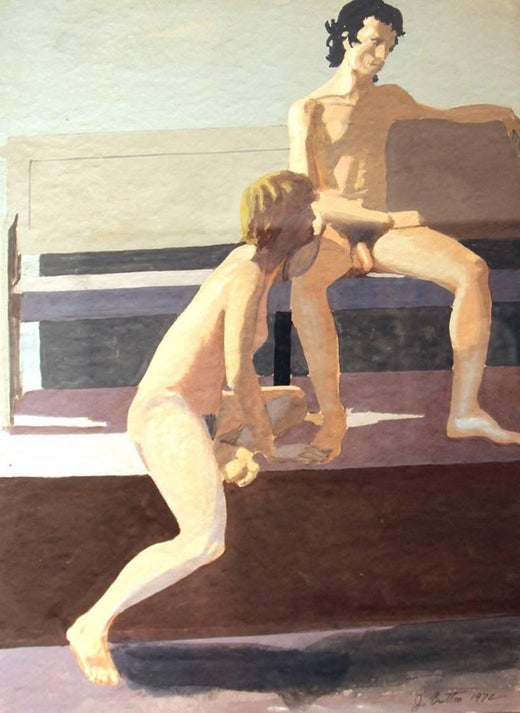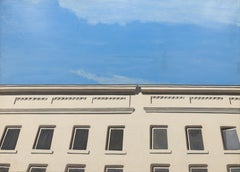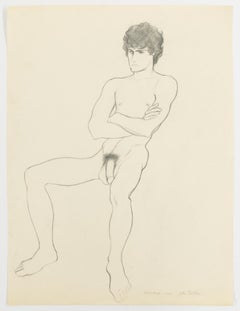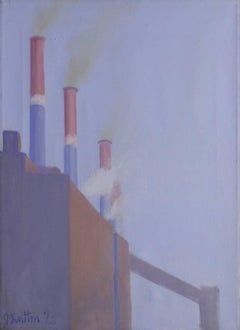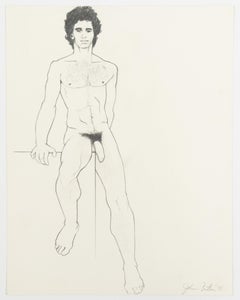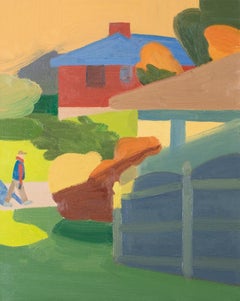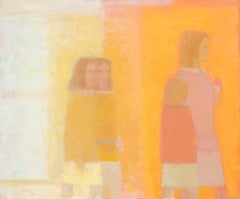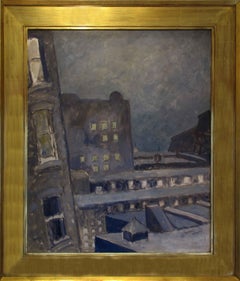John ButtonSolitary Mister1964
1964
About the Item
- Creator:John Button (1929 - 1982, American)
- Creation Year:1964
- Dimensions:Height: 52 in (132.08 cm)Width: 38 in (96.52 cm)
- Medium:
- Movement & Style:
- Period:
- Condition:
- Gallery Location:New York, NY
- Reference Number:1stDibs: LU932311893502
John Button
John Button was a fine draftsman and drew from life models throughout his career. However, little-known are his sketches of male nudes and studio models from the School of Visual Arts, where Button taught, as well as personal acquaintances. Born in California, Button was educated at University of California, Berkeley. After moving to New York City in the early 1950s, he became friends with Fairfield Porter and Frank O’Hara and assumed his part in the New York School of painters and poets. Amidst the frenzy of Abstract Expressionism, Button remained true to his interest in Realism and was most commonly associated with such New York School artists as Fairfield Porter, Jane Freilicher and Alex Katz, among others.
- ShippingRetrieving quote...Shipping from: New York, NY
- Return Policy
More From This Seller
View All1980s Realist Paintings
Oil, Canvas
1960s Contemporary Drawings and Watercolor Paintings
Pencil
1960s Realist Paintings
Oil, Canvas
1970s Contemporary Drawings and Watercolor Paintings
Paper, Pencil
Early 2000s Contemporary Mixed Media
Paper, Mixed Media
1970s Contemporary Drawings and Watercolor Paintings
Paper, Pencil
You May Also Like
2010s Contemporary Figurative Paintings
Canvas, Oil
Late 20th Century American Modern Paintings
Canvas, Oil
1920s Modern Landscape Paintings
Canvas, Oil
21st Century and Contemporary Contemporary Figurative Paintings
Oil
2010s American Realist Landscape Paintings
Canvas, Oil
20th Century Modern Figurative Paintings
Oil
Read More
Lori Grinker’s Artful Photographs of a Young Mike Tyson Are a Knockout!
The New York photographer tells us how an encounter with the then-13-year-old boxer led to a decade-long project that saw them both go pro.
In Marc Yankus’s Photos, New York Landmarks Are Pristinely Devoid of People
A new exhibition at Manhattan's ClampArt gallery shows off the artist's portraits of urban architectural icons.
